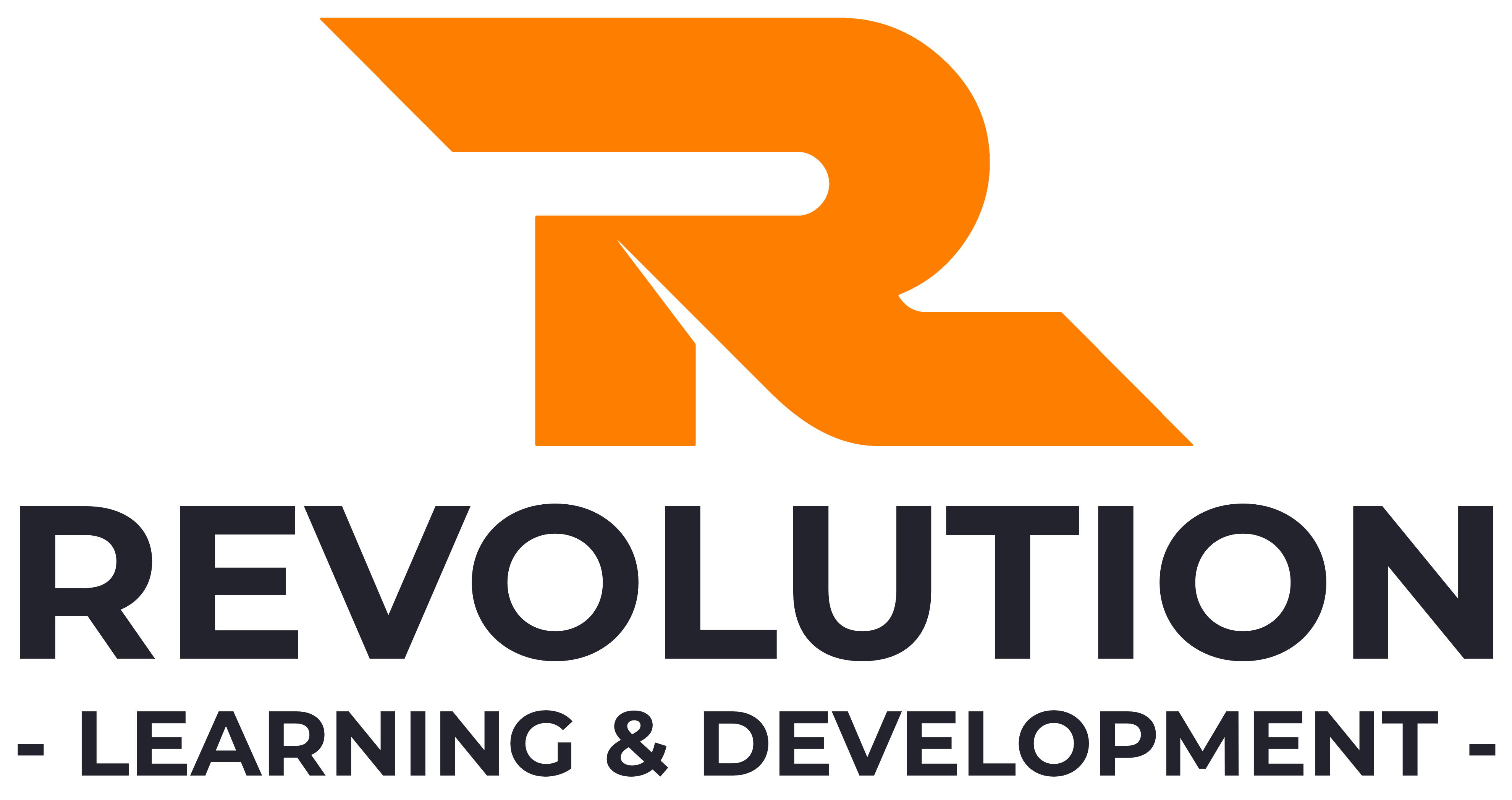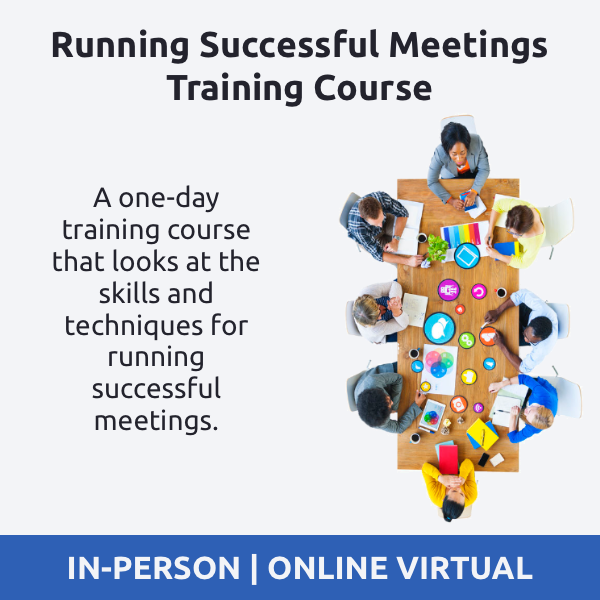Effective Meetings
Effective meetings are those meetings that drive actions and outcomes. These meetings have a clear purpose or objective and, at the end of the meeting, attended leave with information or actions to complete.
Millions of hours are wasted in meetings that were not necessary or were poorly planned, meaning the time spent didn’t produce any outcomes.
In this guide to effective meetings, we pull together tips, advice and guidance on how to plan and then run an effective meeting.
The guide provides ideas for making your meetings more engaging and productive and will also give you some tools to use to plan and run a meeting.
Meetings require planning and structure. Without these things, you and your attendees will feel frustrated that the time in the meeting is not being used wisely.
What’s In This Effective Meetings Guide
- What is an Effective Meeting?
- Planning a Meeting
- Roles in the Meeting
- Meetings Toolkit
- Virtual Meetings
- Your Next Actions
- Suggested Reading
What is an Effective Meeting?
A meeting can be defined as effective when the time spent in the meeting drives outcomes or actions. While all meetings differ in size, content and approach, all effective meetings have 3 elements in common:
- It has a distinct purpose or outcome – the meeting has a clearly set goal or objective that describes what the outcomes of the meeting will be
- Uses effective communication and tools – communication is open, positive and moves towards the goal and, any tools that are used support this
- Is a controlled situation – the meeting can be kept on track, paused or stopped at any point and those attending know what their roles are
A meeting can be described as ineffective when:
- The meeting is unnecessary
- There is poor up-front communication
- There is a lack of clarity in its purpose
- The meeting is not led correctly
- The chairperson exercises little or no control
- Problems are talked about but solutions not sought
- Decisions are not made, delayed or not acted upon
- Minutes and actions are not captured accurately
- The wrong people are in the meeting
For a meeting to be deemed as successful, the things above need to be minimised or removed. The points in this guide are aimed at helping you to achieve this.
Planning a Meeting
One major reason why meetings are so ineffective is that they are not planned correctly. No matter how short or simple your meeting may seem, spending even just a little time planning can go a long way to increasing meeting success.
The point above is interesting. Many people think that the meetings fail during the course of the meeting itself. We believe this is because we don’t have the engagement of the attendees, or this was lost during the meeting itself.
The likelihood is that the attendees were not actually engaged before they arrived.
How many times have you been invited to a meeting via a calendar invite that just has a general meeting title and no other details? Like many people, you feel obliged (in most cases) to accept. When you leave the meeting, you then think that there was really no point in you being there.
That blank calendar invite starts the process of disengagement. That’s because we don’t know what to expect or what you were going to get out of the meeting. We don’t understand the purpose.
Worse still, there have probably been occasions where you have attended a meeting, but you feel as though the meeting just wasn’t necessary.
This is what we need to avoid and we do this through better meeting planning.
The first stage of meeting planning is to ask yourself some questions about the meeting you want to run. These are:
- Do we need a meeting?
- What is the purpose of the meeting?
- How should the meeting be planned?
- Who should attend the meeting?
- What preparation is required for the meeting?
By first asking if a meeting is actually required, this will focus our attention on whether it is right to get people into a meeting or if another method of communication is more appropriate.
For example, if your meetings just about updating people, can this be done by email or another communication method.
If you are sure you need a meeting, you can then move on to considering the purpose and the planning. To do this, you can use a tool called a POP template.
POP stands for:
- Purpose – what is the purpose of the meeting
- Outcomes – what outcomes do we want to see at the end of the meeting
- Process – how will the meeting run, for example, the agenda
By using this template, it will help you focus on making the meeting effective. It can also be used to send in the invite to help those that you do invite to understand why the meeting is running and what it aims to achieve.
This will begin to engage people from the start.
The Meeting Purpose
To help clearly define the meeting purpose, ask yourself:
- What is to be achieved by this meeting?
- Is advice required on a particular issue?
- Has a problem arisen that needs prompt discussion?
- Is this a regular meeting to keep members ‘in touch’?
Answering the above will help you to complete the purpose part of pop and help those attending why a meeting is needed.
State this in your POP as follows:
- This meeting is to agree…
- This meeting is required because…
- To discuss…
- To update you on…
- To decide…
The Meeting Outcomes
Stephen Covey once said we should always start with the end in mind. This means we should think about the end of the meeting before we think about the beginning.
Your meeting should have clear outcomes or objectives. Stating these gives you and your fellow delegates something to work towards and again, it helps increase engagement.
To help build your outcomes or objectives, answer the question:
- By the end of this meeting we will…
You can then complete this by using statements such as :
- Have agreed…
- Have produced…
- have decided…
- Have written…
- Have planned…
If you find yourself writing things like:
- Have discussed
- Have looked at…
- Have talked about…
- Have presented…
You don’t need a meeting. These are not actions. You can do these at any time and it doesn’t require people to spend time in a meeting.
By taking some time to plan and creating a POP template, those people attending:
- Know what to expect
- Know why the meeting is important
- Can fully prepare
- Are able to prioritise the meeting over other tasks
- See the value
- Are motivated to achieve the outcomes
- Become engaged in the process
- Are more likely to contribute
Roles in the Meeting
To help your meeting run smoothly and to increase the effectiveness of your meeting, there are 3 main roles you should have. These roles are:
- Facilitator/Chairperson
- Timekeeper
- Note/Minute Taker
The Chairperson/Facilitator
It’s the role of the facilitator/chairperson to manage the meeting process. This person ensures that the objectives of the meeting are being met. They also help the conversation progress and not get bogged down.
The facilitator/chairperson should:
- Remind attendees of the purpose, outcomes and objectives of the meeting
- Allocate the other roles
- Ask questions to get the conversation started
- Encourage everyone to input
- Capture actions and allocate/agree on them with the attendees
- Manage any negative behaviour
The Timekeeper
The role of the timekeeper is straightforward – ensure that the time allocated for each point on the agenda doesn’t overrun. They should call out the time remaining for each point and, where it has the potential to overrun, agree with the chairperson on how to manage this.
Minute/Note Taker
The role of the minute/note-taker depends on the type of meeting. In more formal settings, this person would capture almost everything that is said so minutes of the meeting can be produced.
In less-formal settings, this person will capture brief notes of the conversation and also any actions that have been agreed to for distribution to the attendees.
Meeting Toolkit
Here are some tools that you can use to make your meetings more effective and engaging. These meeting tools are:
- The Agenda
- Facilitation
- Group Agreement
- Go-Rounds
- Idea Storming
- Like, Dislike, Interesting
- The Fridge
- 6 Thinking Hats
The Agenda
An agenda is a vitally important tool in any meeting. It shows the topics that are to be covered and how much time has been allocated to each subject. It should be used to manage the process and always be visible to the meeting attendees.
The agenda should form part of your POP template that was described in an earlier section.
Facilitation
Facilitation is about using questions to encourage and manage conversations with groups of people. Facilitators use questions to start a conversation, then probe further to keep conversations moving along toward an outcome come or result.
Facilitators should:
- Use open-ended questions to move things forward
- Question to draw people into the conversation
- Build consensus and capture actions
- Test assumptions and cynicism
- Check for understanding
Group Agreement
A group agreement is a contract of sorts that is used at the beginning of the meeting. All of those attending agree and commit to certain behaviours and ground rules. This is particularly useful where a problem is being tackled in the meeting or a difficult subject is being spoken about.
The rules are agreed upon and used as a tool to remind people of the rules if they step outside of the agreement.
A group agreement:
- Is done at the start of a meeting
- Sets the tone for the meeting
- Describes behaviours and actions of participants
- Could be done as a permanent thing for regular meetings
Go-Arounds
A g-around is where a subject is raised, then the chair/facilitator goes around each person, in turn, asking for their input. When completing a go-around, only one person should speak at a time.
When doing a go-around:
- People can pass if they have no input
- No one can interrupt a point
- A limit should be placed on the time each person has to speak
- Ideas can then be discussed once everyone has input
Idea Storming
Idea storing, or brainstorming is where a subject is chosen and the attendees shout out thoughts and ideas. It’s a creative tool that allows any idea to be raised which can then be spoken about later.
Idea-storming:
- Encourages participation and creativity
- Provides an energy boost to the meeting
- Creates positivity
- Allows any idea, no matter how bad, to be raised
Like, Dislike, Interesting
A simple tool that takes a subject or idea and then 3 flips or boards are created using the 3 headings. Attendees can then move around these boards, adding their thoughts about the idea under each heading.
These can then be discussed as part of the meeting or just captured for feedback and used later.
Like, dislike, interesting:
- Allows expression of opposing views
- Gives people the opportunity to provide feedback
- Allows you to understand where resistance might come from
The Fridge
The fridge (sometimes known as a car park) is a flipchart or board where, with the attendees’ agreement, questions that can’t be answered are added to.
The fridge prevents discussions about topics that can’t be answered taking up too much time in the meeting. These conversations can be negative as people raise their views, but don’t know the answer. These are added to the fridge and left. After the meeting, the facilitator/chair can then seek the answers and update the attendees.
6 Thinking Hats
6 Thinking Hats is a problem solving and creative thinking tool by Edward DeBono. It can be used with great effect in meetings. You learn more about 6 Thinking Hats by reading our article the 6 Thining Hats.
Virtual Meetings
With more and more meetings happening online, it’s important to understand that the same rules apply above for both in-person and virtual meetings.
Here are some tips for successful virtual meetings:
- Encourage the use of cameras – being able to see your colleagues increases engagement
- Book in the time – only the fly meetings means those attending can easily be distracted by other tasks
- Use headsets – this reduces feedback and, depending on the size of the meeting, allow all attendees to come off mute
- Have an agenda – this makes sure that things stay on track
- Use the platform tools – use virtual whiteboards, polls and breakout rooms to encourage participation and engagement
- Minimize slides – only use the minimum amount of slides and, when the slide is no longer relevant, stop sharing the slide deck
- Produce a guide – if your team are new to virtual meetings, create a guide that shows them how to access the meeting and use the platform-tools
Your Next Actions
Get help with running effective meetings by attending our Running Succesful Meetings Training Course. We cover all of the points above in-depth and we can help you use the tools to great effect in both in-person and virtual meetings.
We run our running successful meetings course as a scheduled live virtual online course. We can also deliver a course in-house just for your team or business.
Take a look at the information about our running successful meetings training course for more details, the schedule and how to get in touch.
Suggested Reading
Here are some books on effective meetings that you might find useful:
- How to Fix Meetings – Graham Allcot and Hayley Watts
- Rituals for Virtual Meetings – Kursat Ozenc and Glenn Fajardo
- Meetings Suck – Cameron Herold, Drew Birdseye, et al












